
(Abridged version of Bro. Karl Gaspar’s lecture at the opening of the 2nd Mindanao Book Festival on the theme, “Writing Mindanao, Righting Mindanao,” on Monday, 13 June 2022. The book festival is open from 9 a.m. to 6 p.m until Friday, June 17 at SATMI’s Classrooms 5 and 6, Redemptorist Convent, behind the church)
DAVAO CITY (MindaNews / 14 June) — “It was the best of times, it was the worst of times, it was the age of wisdom, it was the age of foolishness, it was the epoch of belief, it was the epoch of incredulity, it was the season of light, it was the season of darkness, it was the spring of hope, it was the winter of despair.” Many of us know that these are lines from perhaps one of the most known books of all time, A Tale of Two Cities, by Charles Dickens. It is said that in this book, Dickens referred to an age of radical opposites taking place across the English Channel, in France and the United Kingdom respectively, during the French revolution more than two hundred years ago between 1787 and 1799.
But these contrasts and comparisons we might be able to appropriate for our very own times here in our own troubled country in the post-pandemic, post-May 2022 election period and as we face an unknown future where everything from an economic collapse (along the lines of Sri Lanka and Pakistan) to a political turmoil to ecological disasters with more destructive calamities can take place. It certainly can bring a season of darkness and a winter of despair. But for those who hold on to the adage that “hope springs eternal,” this very same context could also provide us with a season of light and a spring of hope! Who is to tell what the future brings?
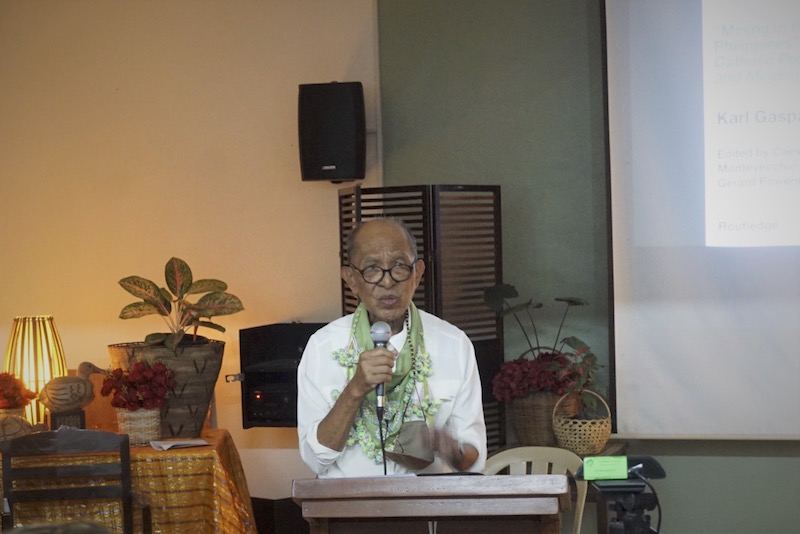
But the more pessimistic among us might see the glass half empty and fear the worst that is still to come! A recent post appearing in social media following the Marcos Junior’s selection of the presumptive Vice-President Sara Duterte as Secretary of Education led to speculations about revising history books and getting rid of those considered critical of the Marcos martial law regime. It would amount to what could be considered book-burning, not in its literal sense but to make sure these are kept locked and not be read by any schoolchildren anymore! As Ray Bradbury – the author of Fahrenheit 451, a science-fiction novel – wrote: “You don’t have to burn books to destroy a culture. Just get people to stop reading them.”
As an immediate response to this fear, a thousand academics across the Republic made a brave stand reported by the Philippine Inquirer on May 20, 2022 which read:
“More than 1,000 scholars and educators based in the Philippines and abroad have issued an online manifesto calling for the defense of historical truth and academic freedom, as they expressed concern over escalating attempts to revise narratives about the martial law years and erase ‘traumatic personal and collective memories of plunder and human rights violation’ under the Marcos dictatorship.”
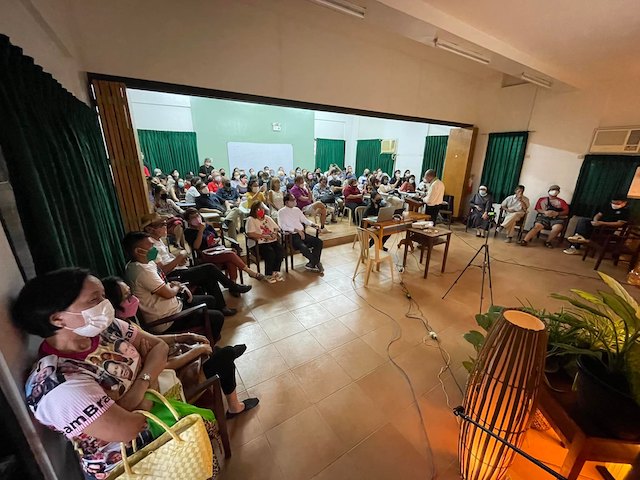
Book-burning! Could it happen in this Republic considered by political scientists as a weak State constantly facing the threat of authoritarian rule? Well, this does not only take place in novels like those in Bradbury. Through history, book-burning has taken place when those who hold power fear the impact of critical minds that arise as people read. These took place as far back as the time of the Chinese Emperor Shih Huang Ti, in 213 BCE, up to the mid-20th century e.g. during the World War II period.
The defining moment of book burning was in 1933 in Berlin, when the Nazi forces burned tens of thousands of books, from the works of Sigmund Freud to those of Jack London. As Matthew Fishburn wrote in Burning Books: “Along with the Nazi ideology that there existed a superior race of people came the idea that there was one true cultural and ideological canon; that which didn’t fit was consigned to the fire.”
For the moment, however, let’s put aside our fears and face the future with a bit of optimism for, indeed, who knows the coming years will again allow us to have a glimpse of another cycle of our historical narrative.
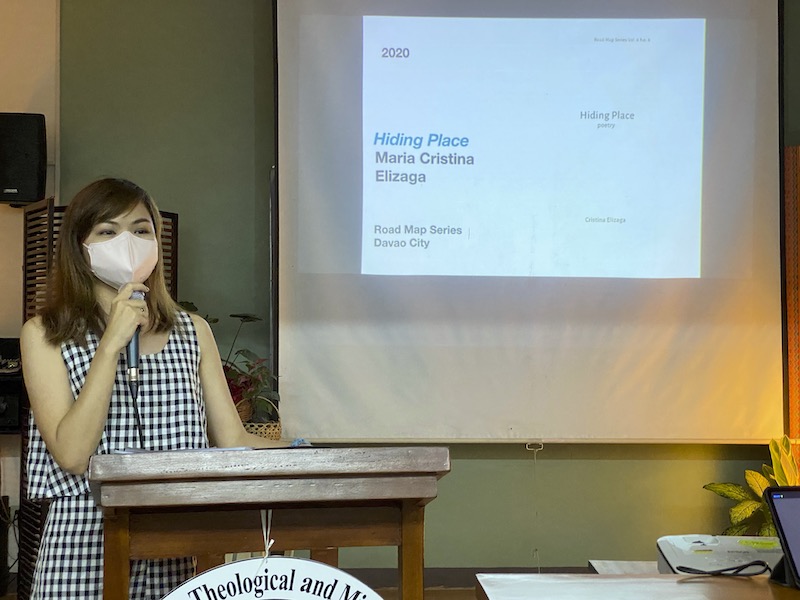
What impressed me most in these past electoral exercise was how the youth of the land responded to the challenge of the moment. Many of us elders have naturally been disappointed at how the youth of the land have shown no interest at all in regard to socio-political issues impacting on the majority of the masa. But these (pre-election) rallies showed another face of the youth of the land; here they were re-activated by the spirit of nationalism. Like us when we were the youth of the land, they now showed a promise that they would pick up where their elders left off the social movement in the 80s-90s.
And it made me realize that indeed, history repeats itself again. Just like the youth of the social movement that gave rise to the likes of Hermano Pule, Gregorio del Pilar, the La Solidaridad clique led by Jose Rizal and the Katipuneros led by Bonifacio, to the youth of the guerilla movement during the resistance against Japanese imperialism, and the youth resisting the Marcos dictatorial rule and now the youth of the 2020s are advancing into another stage of dissent and resistance. I have been filled with a tremendous sense of hope and pride watching all these young people at these rallies.
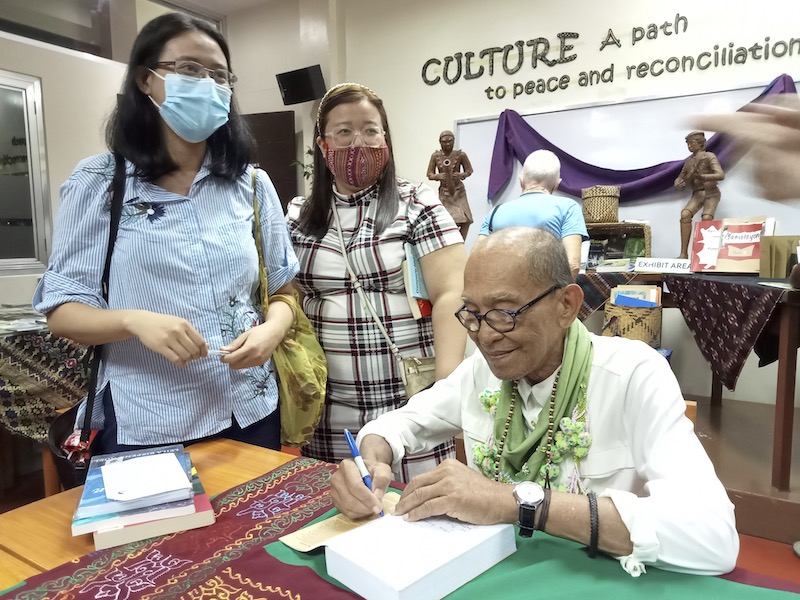
There may be dark clouds in the horizon, but somehow light manages to find a crack and it is the youth of the land today that provides an opening. So we could be in for the best of times if this youthful generation like their elders through our historical cycles find the strength, courage and energy to lead the dissent and resistance movement.
As for us – who I guess are mostly their elders – are gathered here together at this five-day event which is our own modest way of expressing what were encapsulated in the words of the Irish poet Dylan Thomas: “Do not go gentle into that good night. Rage, rage against the dying of the light.” And who – but authors, writers and journalists – are the human beings who are best at raging so they can challenge the citizenry towards constructive action for the common good.
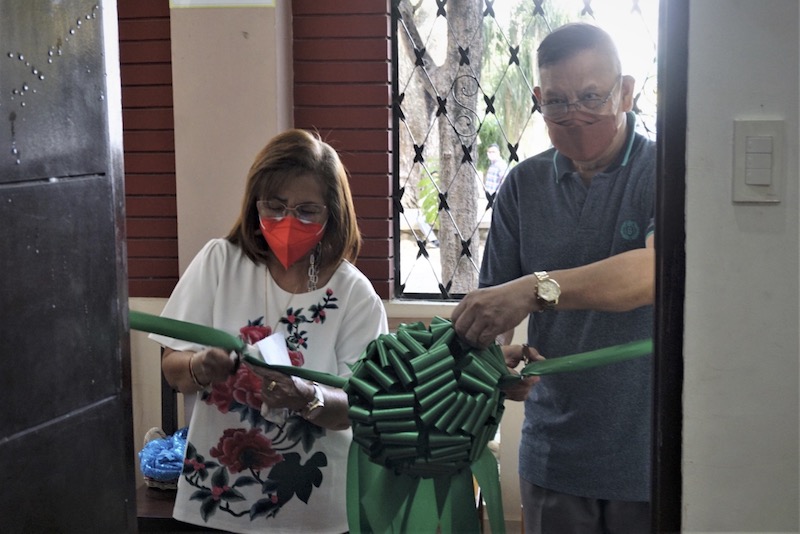
In the next week (June 13-17, 2022), we celebrate the best that has been offered by Mindanawon authors along with non-Mindanawon authors interested to write about Mindanao. In many of their works, their writing (WRITE) has also led to the righting (RIGHT) of Mindanao. There was a time when Mindanao was written from a colonial lens even as some of these – like the ethnographic studies done during the American period – tried to capture the reality on the ground.
But viewed from biased and even discriminatory optics, the early writings about Mindanao tended to highlight that which today have been debunked. In the exhibit, you can see examples of these. This was to be expected if the authors were foreigners (with tendencies towards racism and ethnocentrism) or Filipinos from imperial Manila – who monopolized publications for a long while – who relied on secondary data with very little triangulation enriched by immersion among Mindanao’s peripheries.
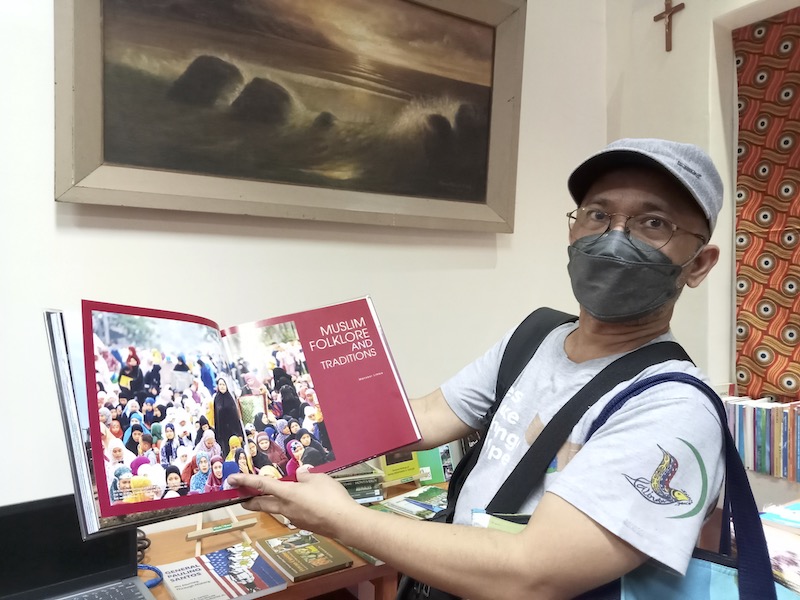
However, in the past few decades as there have been more non-Mindanawon authors who have abandoned their colonial/neo-colonial gaze and as more Mindanawons began to get involved in publications, a shift has taken place. Thus, beyond the w-r-i-t-e, there has now been a movement among Mindanawon writers to r-i-g-h-t Mindanao, through advocacies for justice and peace, respect for human rights and civil liberties, solidarity for the downtrodden especially Lumads and for advancing ecological concerns.
One can find this out by googling the available data on Mindanao Bibliographies and there have been a few. Perhaps the first Mindanao-Sulu Bibliography was that W.E. Retana’s in 1894. It would take a long while before another one appeared, namely Alfredo Tiamzon’s Mindanao-Sulu Bibliography published in Davao City in 1970. In the following decades, there were more attempts at compiling a more comprehensive Mindanawon Bibliography, the last one being convened by the Technical Working Group (TWG) just before the onset of the pandemic. This hopes to produce a RoadMap asserting the importance of Mindanao histories and studies. .
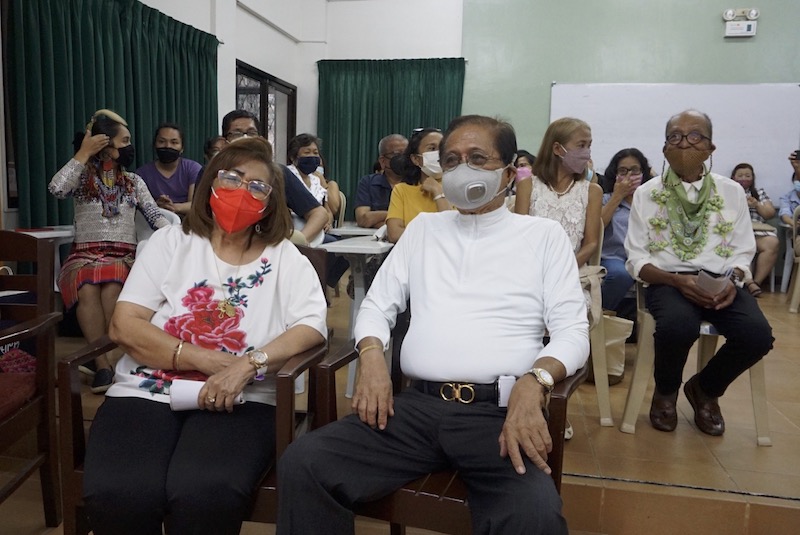
Why history? Because, in the words of the philosopher George Santayana, “those who cannot remember the past are condemned to repeat it.” And the novelist Maya Angelou posits that “the more you know of your history, the more liberated you are.”
History is of course the telling of stories of the past with the view of parceling lessons to guide us for the future. There is no question that stories are powerful. The author Jeff Goins wrote: “I believe in the power of story. Story is where we came from. Story is where we’re going. Story is what connects us and binds us to each other. It is in the story of humanity, amongst love and fear and failure, that we make meaning of our lives. Story is what defines us and sets us apart. It’s what allows us to connect with each other to truly know and beknown.”
Stories is what brought to reality the 2nd Mindanao Book Festival. And privileged are we that during these rare occasions we can gather together with authors, writers and journalists – they who can conscientize, educate, inform, agitate, mobilize, entertain and humor us through thick and thin! They whose witness to truth and actual practice in peace-building and promoting justice and development make possible a society that will not allow stupidity, idiocy and ignorance to dominate over our knowledge and information production.
For otherwise, we will all be living in a world of lies, corruption and power manipulation that could bring us back to the Dark Ages! It is their presence in our midst that help to provide us with the possibilities that despite a winter of despair we can still look forward to a spring of hope!
[MindaViews is the opinion section of MindaNews. Redemptorist Brother Karl Gaspar is a professor at St. Alphonsus Theological and Mission Institute (SATMI) in Davao City and until recently, a professor of Anthropology at the Ateneo de Davao University. Gaspar is author of several books, including “Manobo Dreams in Arakan: A People’s Struggle to Keep Their Homeland,” which won the National Book Award for social science category in 2012, “Desperately Seeking God’s Saving Action: Yolanda Survivors’ Hope Beyond Heartbreaking Lamentations,” two books on Davao history, and “Ordinary Lives, Lived Extraordinarily – Mindanawon Profiles” launched in February 2019. He writes two columns for MindaNews, one in English (A Sojourner’s Views) and the other in Binisaya (Panaw-Lantaw). Gaspar is a Datu Bago 2018 awardee, the highest honor the Davao City government bestows on its constituents.]







